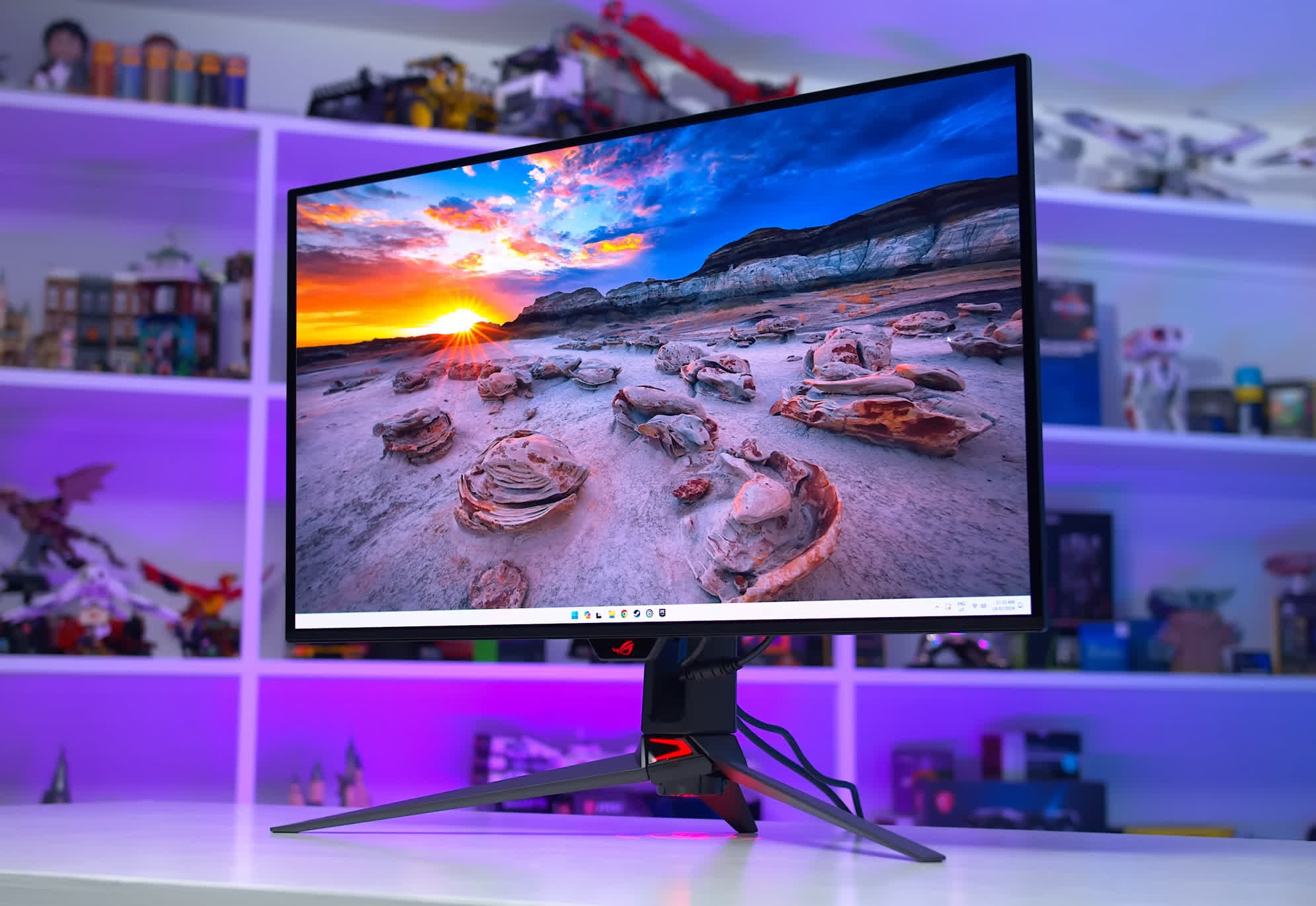700 hours...
An OLED monitor show degradation due to burnin in less than 700 hours...
How a pseudo tech reviewer can recommends this type of display for monitors is beyond me...
RTINGS disabled software that stops burn-in before testing. It was flawed testing.
OLED monitors and TVs run pixel refresh in standby mode, literally removing this problem. Again, flawed testing, which don't reflect reality. Not a single person keeps their TV/monitor on at all times.
Every single high-end product is going with OLED these days. LCD is dying in the high-end space for a reason. Dated tech.
Once you go OLED you can't go back to LCD, looks horrible and LCD can't do HDR properly.
LCD needs several thousand dimming zones to not hurt my eyes and this adds tons of input lag, the solution is to disable them in game mode, and then image quality drops like crazy. This is why some LCD TVs can look somewhat decent in movies and series, yet looks and runs horrible in gaming. From many dimming zones to little/none. Backlighting is the biggest problem and flaw of LCD.
There is 3 years burn-in warranty on most of the OLED monitors, you have to be stupid if you think burn-in happens after 700 hours of use. I bet you have zero experience with OLED. I has tons of OLED experience and never seen burn-in.
Never ever going back to crappy LCD.
OLED = Flawless image quality on day one, insane motion clarity, with a minor chance of burn-in down the road, which in most cases is covered by warranty.
LCD = Mediocre image quality on day one, with smearing, backlight bleed, blooming, bad viewing angles, low contrast, bad HDR, cornor glow (ips and va) and more.
Now choose. OLED took over high-end TV and phone market years ago. Now monitor marked is due for a change. The days of crappy overpriced LCD panels are finally over.
